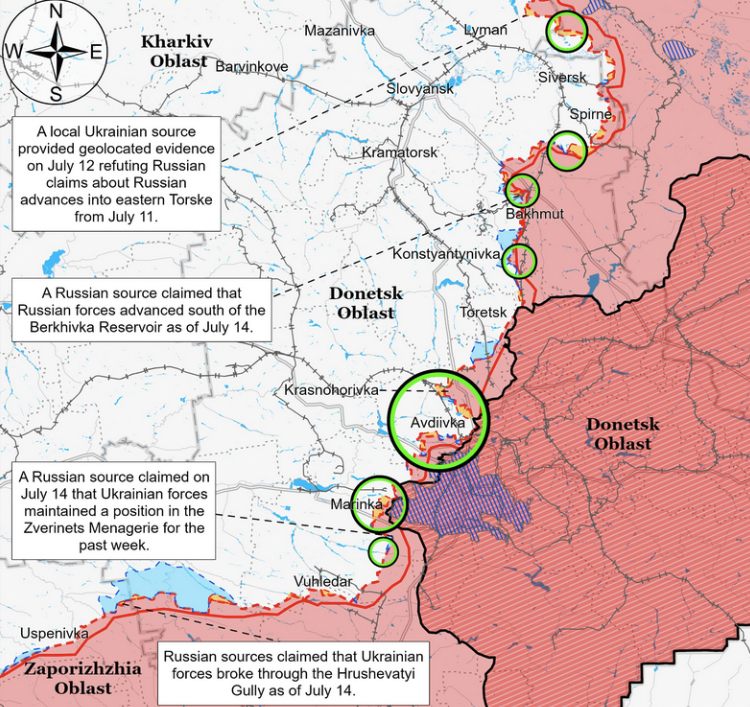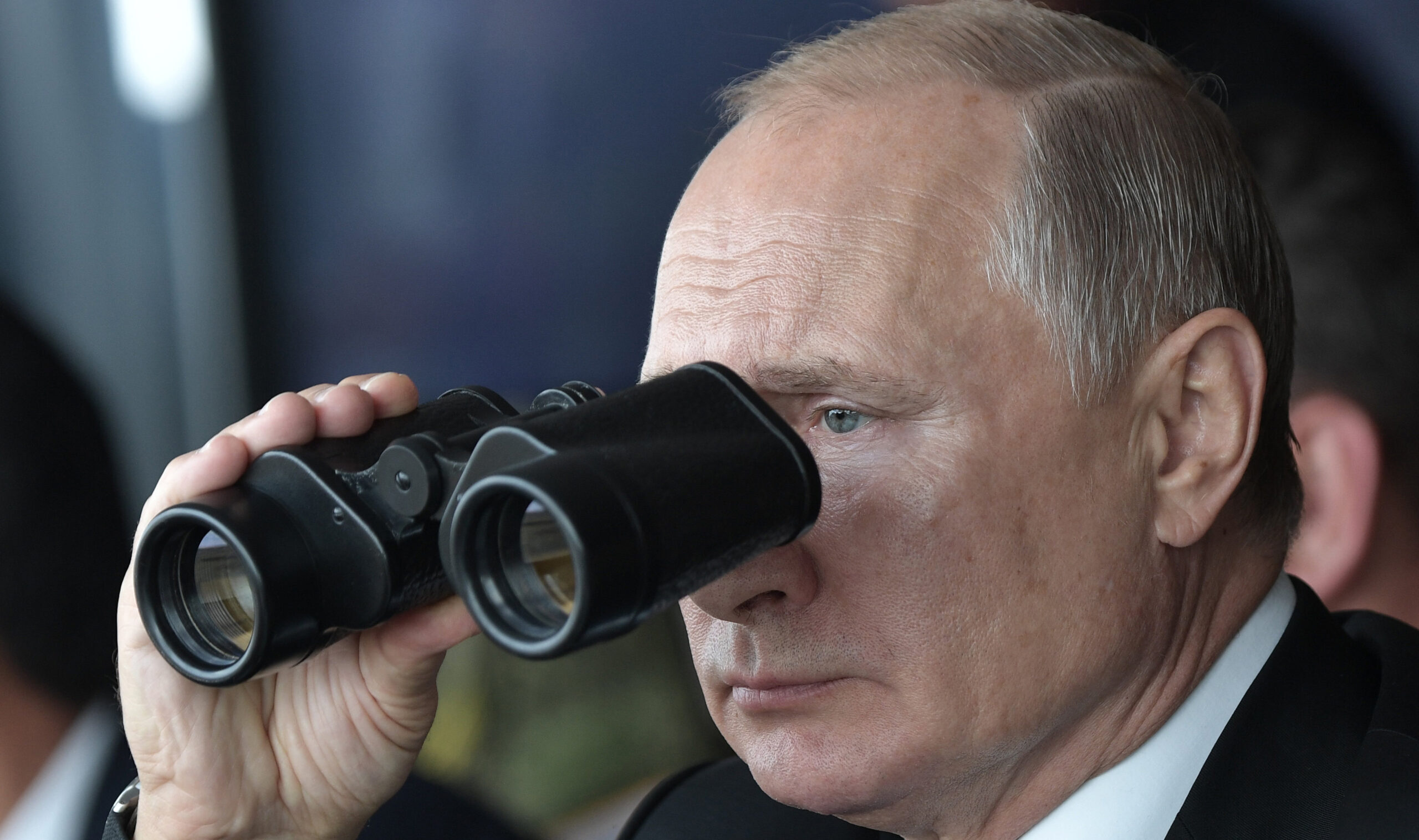An attack on the Kerch Bridge between the annexed Crimean peninsula and Russia killed two people in the early hours of Monday morning, immediately prompting accusations from Moscow of Ukrainian responsibility. Ukrainian sources have now confirmed their involvement in what was a joint operation between the country’s Security Services (SBU) and naval forces. The bridge is a crucial supply link, and holds strategic value for Russia: this is therefore a significant escalation in Ukraine’s still-developing counteroffensive.
Until this point, with the offensive entering week six, Ukraine’s military had been struggling to force any significant breakthrough. However, early failures have led to a change in approach and a partial shift away from repeated frontal mechanised assaults in the Zaporizhzhia region, after losing as much as 20% of its weapons and armour in just the first two weeks.
Ukraine has found more success elsewhere in rolling back the flanks astride Bakhmut, and is now increasing pressure on Russian forces in Klischiivka. An offensive of this intensity is not sustainable indefinitely, and the clock is ticking on Kyiv’s goals of severing Russia’s land bridge to Crimea and advancing far enough to encircle Bakhmut.
While international media attention has largely been focused on Ukraine’s operations and the fallout of the Wagner Group’s mutiny, the Russian military’s new local counterattacks have received very little coverage, despite what these actions tell us about its future plans. Russia seems to feel confident in its ability to absorb the rest of Ukraine’s offensive, and is now making advances to position its forces for a coming push of its own.
Russian forces are working to strengthen their semi-encirclement of Avdiivka in Donetsk, and have advanced in multiple directions, closing in on Siversk further north. Both towns are important bulwarks in Ukraine’s current defensive line. Taking these locations — which are protected by manpower, significant mining, trenches, and barrier systems — would free up offensive potential to be used in assaults elsewhere and to push further into the remaining Ukrainian-held part of the Donbas.

On 11th July, Russian Defence Minister Sergei Shoigu announced that the military had advanced 1.5 kilometres in the direction of Lyman, a town lost to the Ukrainians during the Kharkiv offensive last autumn. And days prior, Serhii Cherevatyi, spokesman for the Skhid (East) Group of Forces of the Armed Forces of Ukraine, claimed that 180,000 Russian troops have been deployed to the Lyman-Kupyansk front.
Lyman sits on an important road network, and its fall would put Siversk in a precarious position logistically. Control of the town would also better enable the Russians to attack Sloviansk and Kramatorsk.
The move further north in the direction of Kupyansk is likely part of a plan to eventually capture the large swathe of territory east of the Oskil river down to Lyman and strengthen its strategic position to capture the Donbas. Military analyst Preston Stewart told UnHerd that “Russia’s push in the general Kupyansk/Lyman/Siversk area is designed to alleviate pressure from Bakhmut” and possibly force Ukraine to draw from its Western-trained reserves purposed for the ongoing offensive.
For now, such operations are limited in scale but signal Russia’s intent to go back on the front foot in the coming weeks and months. In addition to military action, Russian political leaders continue to speak about their commitment to “liberating” the Donbas and “Novorossiya”. The nearer-term goals are to take Avdiivka, Siversk, Kupyansk, and perhaps even Lyman, while the larger and longer-term objective is to capture what is ostensibly the last major Ukrainian defence line in the Donbas, anchored on Sloviansk and Kramatorsk.
Whether Moscow can achieve its aims depends not just on the force of Ukraine’s offensive, but also on its own defensive resources. That it is susceptible to attacks such as the one meted out on Monday morning will only make Ukrainian forces bolder. If their campaign can be resisted, though, Russia’s substantial military will be in a position to launch its own, larger-scale counterattack.











Join the discussion
Join like minded readers that support our journalism by becoming a paid subscriber
To join the discussion in the comments, become a paid subscriber.
Join like minded readers that support our journalism, read unlimited articles and enjoy other subscriber-only benefits.
Subscribe